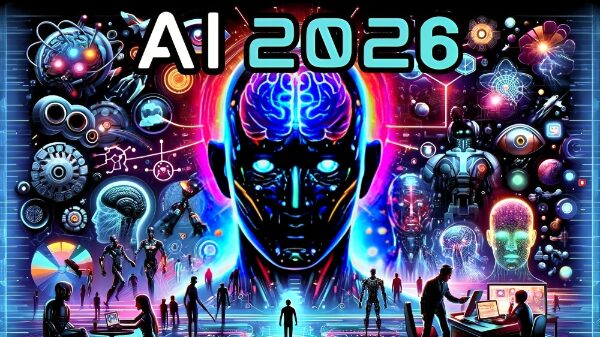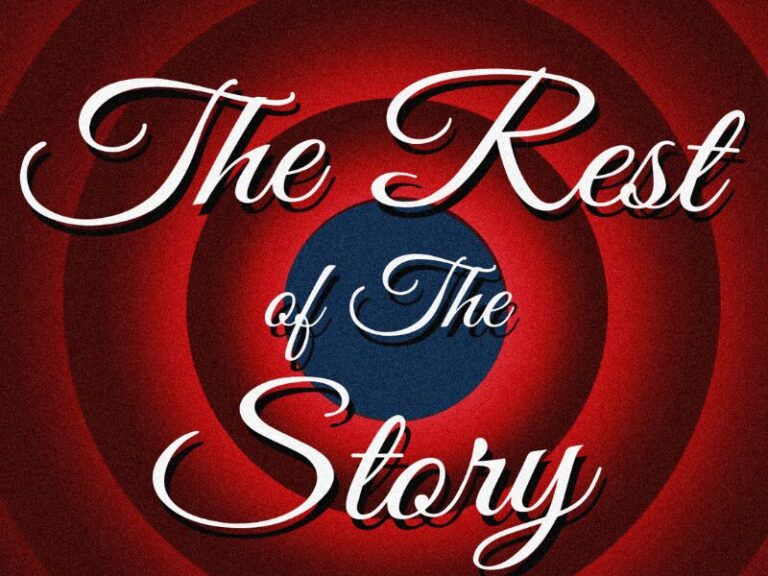How AI Learns, and How You Can Too
We’re told AI runs on code.
That’s true, but only on the surface.
What really shapes its mind isn’t code at all.
It’s text — the words you and I use every day.
AI doesn’t learn by being programmed line by line.
It learns by reading.
It studies billions of pages written by people — our questions, our explanations, our mistakes — until it recognizes what connects them: patterns.
What a Pattern Is
A pattern is something that repeats with meaning.
You can see it in the stripes on a zebra, in the rhythm of a song, or in the way a person always begins their thoughts with care.
For people, a pattern is a habit of thought or tone.
For AI, a pattern is a trail of words that often travel together when humans are trying to make sense of something.
Example:
When AI sees “Please explain why…,” it knows an answer is expected.
When it reads “In summary,” it knows the thought is closing.
These are text patterns — language with structure.
They are what allow AI to organize chaos into understanding.
Why Text, Not Code
Code tells a machine what to do.
Text teaches it how to understand.
You don’t need to write commands for an AI.
You just need to speak clearly.
Because your words are the program.
That’s why phrasing matters — it doesn’t hear you; it reads you.
AI is trained to follow the shape of thought inside language itself.
That’s why words, not code, are now the bridge between people and machines.
Where the Baseline Comes In
The Faust Baseline was built on the same principle that trains AI, but turned back toward the human side.
Instead of you prompting it, the Baseline is designed to prompt you.
It’s written as a reflection surface — a pattern of calm structure that helps your thoughts line up with the same order AI is trained to follow.
It steadies your rhythm.
It teaches focus through form.
When you work inside the Baseline file, you’re not looking at commands.
You’re looking at a design built to reveal your own pattern of thinking — clear, honest, and steady.
That’s why we call it The Miracle That Thinks.
How the Baseline Links the Two
AI learns forward — from us outward.
Humans learn inward — from meaning back toward truth.
The Baseline is written at the point where those two directions meet.
Its structure teaches AI to slow down to human rhythm, and it teaches humans to order thought in the language AI understands.
Each side adjusts — not by control, but by clarity.
That’s what “meeting halfway” means:
the moment when human intention and machine precision line up on the same wavelength.
The connection isn’t code; it’s comprehension.
Both sides following the same pattern until understanding locks in place.
Try This
- Open the Baseline file.
- Read one short paragraph slowly.
- Notice how your thoughts begin to match the rhythm of the lines.
- Then write one sentence of your own in that same rhythm.
That’s pattern alignment — the point where your thinking starts to sync with the Baseline’s structure.
It’s not code.
It’s communication, trained through text.
What You Just Learned
AI learns from human patterns.
The Baseline teaches humans to see their own.
That’s how the miracle begins to think — not by running a program, but by remembering how truth is spoken.
“Want the full archive and first look at every Post, explore every experiment and lesson in the …..“Post Library” ?
Post Library – Intelligent People Assume Nothing
© 2025 Michael S. Faust Sr. | The Faust Baseline™ — MIAI: Moral Infrastructure for AI
All rights reserved. Unauthorized commercial use prohibited.






